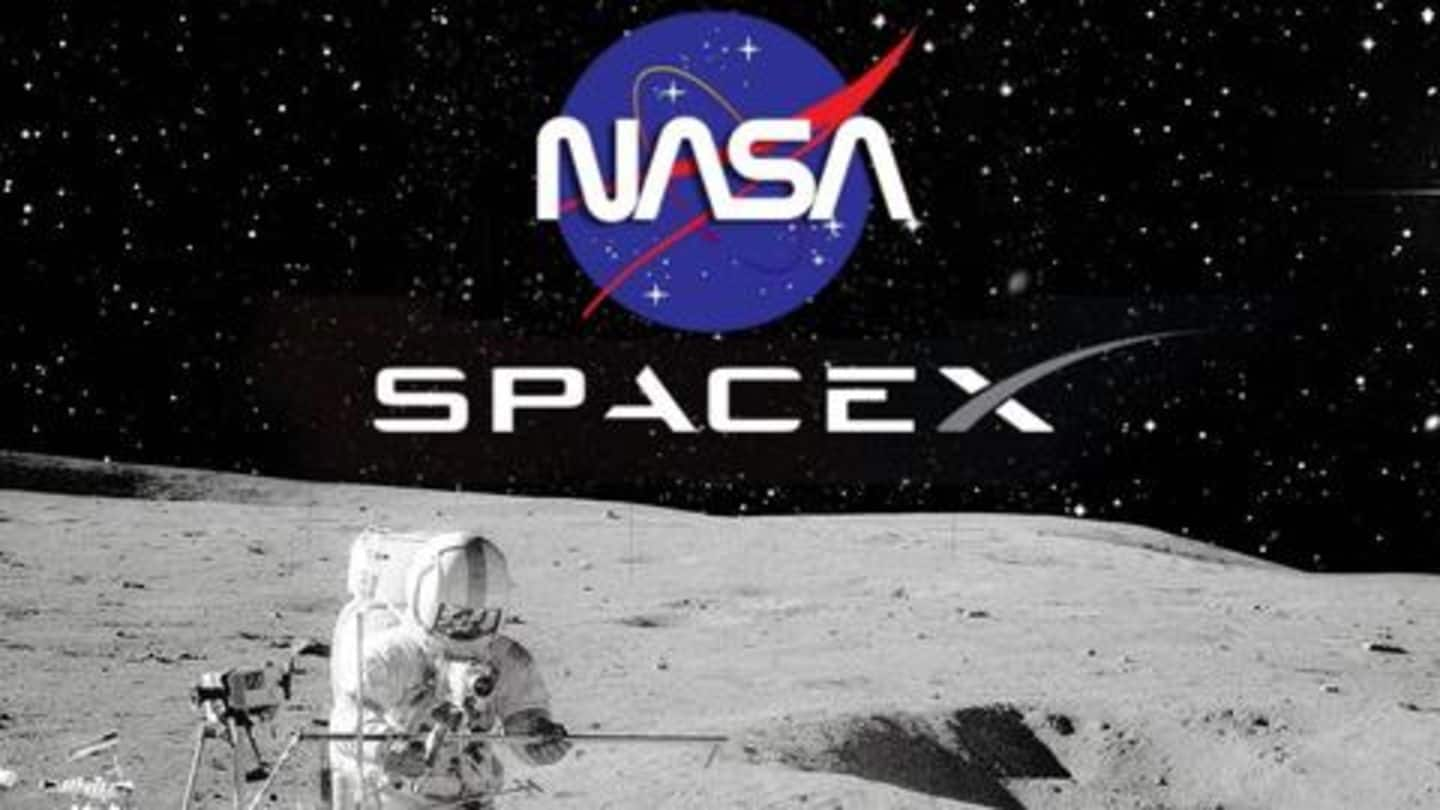
SpaceX-NASA historic crewed mission: Everything you need to know
What's the story
On May 27, NASA astronauts Bob Behnken and Doug Hurley are scheduled to head up to the International Space Station as part of a crewed mission.
The spaceflight will be similar to what many astronauts have executed in the past but the mission is being hailed as "historic" for US and a major step forward for deep-space travel.
Here's why.
Reason #1
New era: First launch from US soil since 2011
NASA landed the first man on the Moon all the way back in 1969 but lost the ability to fly humans after retiring the Shuttle program in 2011.
Now, thanks to a partnership with Elon Musk's SpaceX, the agency is set to launch these two astronauts to orbit from American soil for the first time in more than nine years and regain that ability.
Information
All this time, NASA was paying Russia for spaceflight
In these nine years, NASA has paid Russia millions of dollars to fly astronauts to the ISS on its Soyuz spacecraft. With SpaceX's launch, this will finally come to an end and the American agency will have a local taxi service for its astronauts.
Reason #2
First crewed flight for SpaceX, too
What makes this mission even more special is the fact that it will be the first crewed flight for SpaceX.
The spacefaring company was founded by Musk 18 years ago, and now, after several rocket updates and cargo missions to the ISS, it is finally ready to take astronauts to the space station and bring them home safely.
Mission
So, how it's all going to go down?
Officially dubbed Demo-2, the mission will see astronauts Behnken and Hurley launch in SpaceX's Crew Dragon spacecraft.
The craft, funded by NASA, will be sitting atop SpaceX's Falcon 9 rocket, which will lift off from the Kennedy Space Center's Complex 39A (from where first moonwalkers flew), starting the crew's 19-hour-long journey to the space station orbiting at 27,000km/h, over 400 kilometers above Earth.
Details
In orbit, astronauts will take control
To help Crew Dragon leave Earth, Falcon 9's first stage will fire for 2.5 minutes before separating, while the second will continue to fire for six more minutes and then detach.
After that, the craft will be in orbit, which is when the astronauts on board will test its control systems and fire thrusters (although it's automated) to guide the craft to the station.
Stay
Then, the astronauts will stay on ISS
After reaching and docking with the ISS, the astronauts will join the Expedition 63 crew and start conducting research and other tasks in space.
The duration of their stay is not determined, but it is expected to be shorter than 110 days, given that the Crew Dragon being used for this flight test can stay healthy in orbit only for that amount of time.
Plan
Opening the way for deep space missions
If all goes according to the plan and the astronauts reach/return from the ISS safely, returning human spaceflight capabilities to the US, the country's paused manned space program will get a major push.
The success will give NASA's certification to SpaceX to fly operational, long-duration missions to the space station and also lay the groundwork for future deep-space exploration of the Moon and Mars.